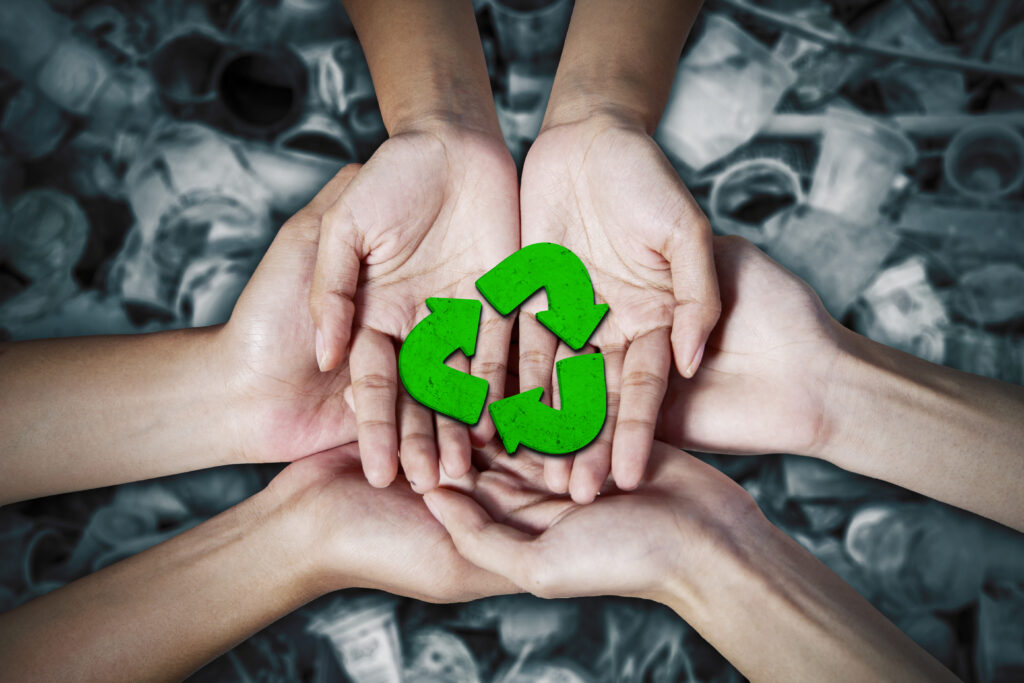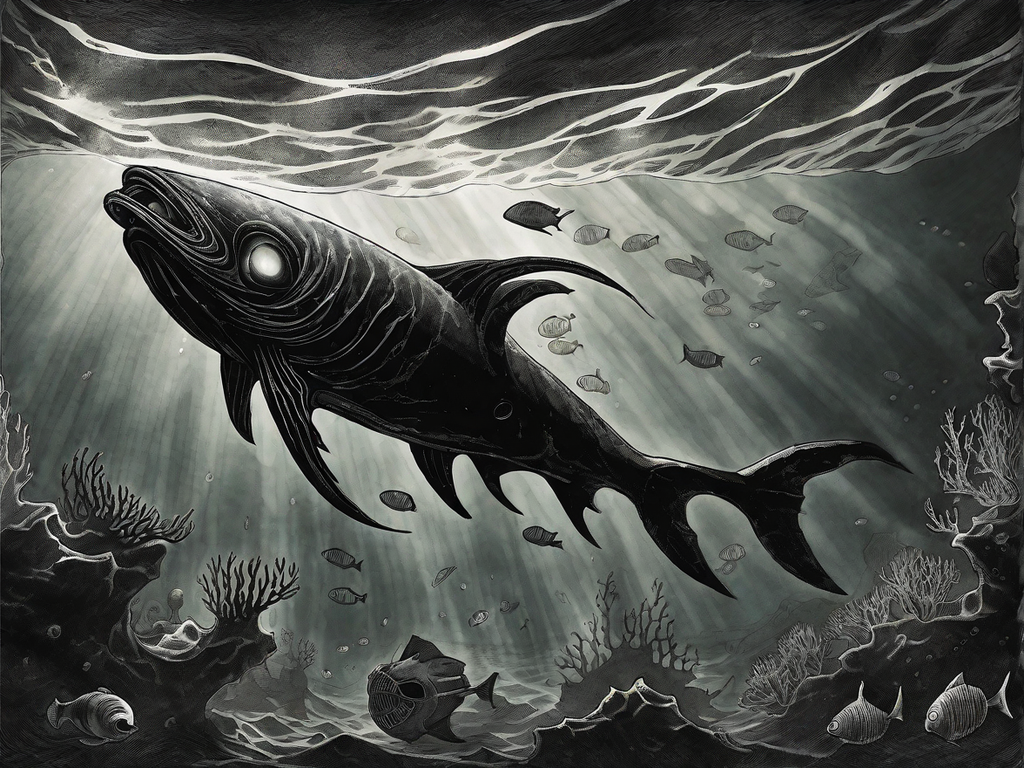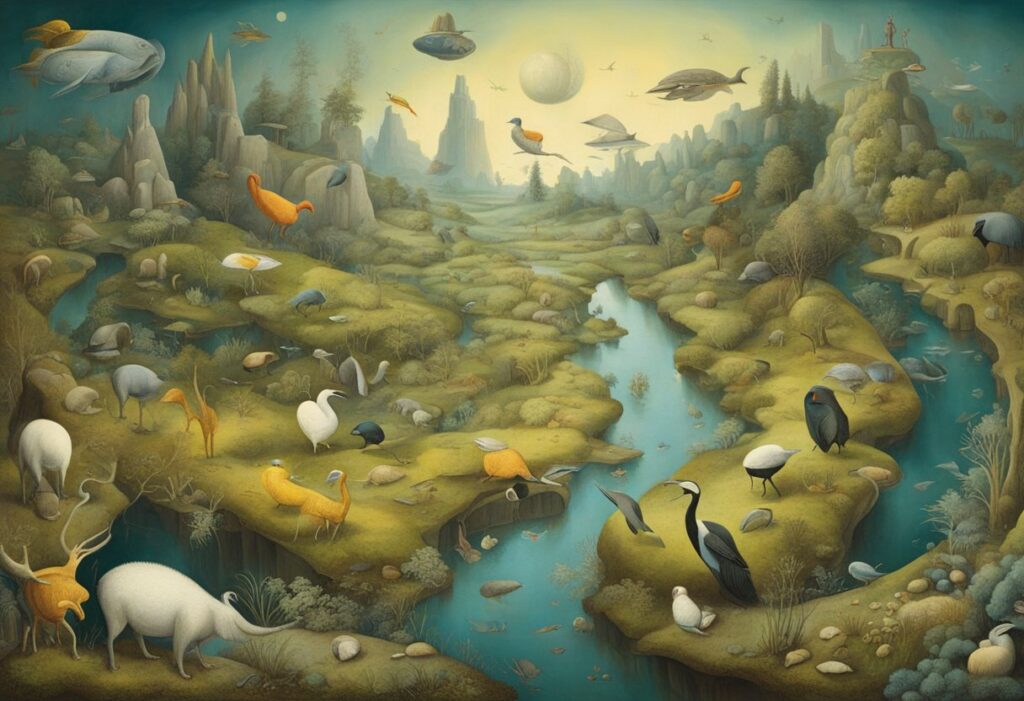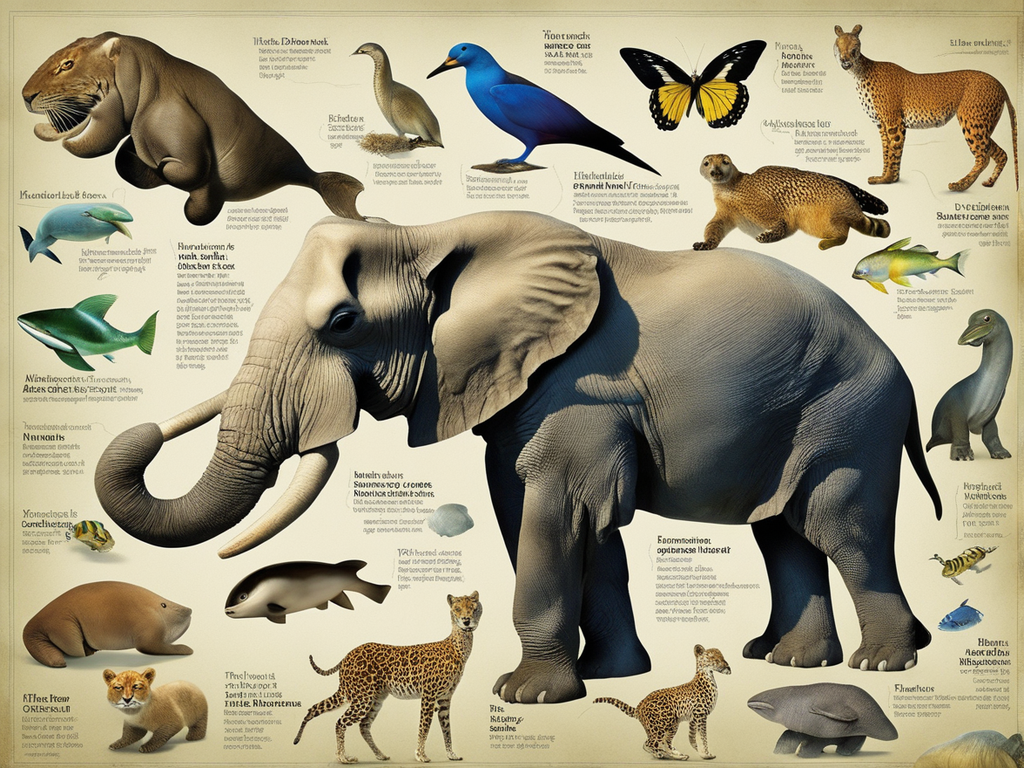Before diving into the art of recycling, it’s crucial to understand the significance of this practice. Recycling plays a vital role in promoting environmental sustainability and conservation. By recycling, we contribute to a more sustainable future for our planet and future generations.
One of the key benefits of recycling is the reduction of waste. When we recycle materials such as paper, plastic, glass, and metal, we divert them from ending up in landfills where they can take years, if not centuries, to decompose. This helps to minimize the strain on our already limited landfill space and prevents the release of harmful pollutants into the environment.
Recycling also conserves valuable resources. By reusing materials, we decrease the need for extracting and processing raw materials, such as virgin timber, ores, and fossil fuels. This lessens the environmental impact of resource extraction and helps preserve natural habitats, including forests and ecosystems.
In addition to waste reduction and resource conservation, recycling also contributes to energy savings. Recycling materials often requires less energy compared to producing new ones from scratch. For example, recycling aluminum cans can save up to 95% of the energy needed to produce aluminum from its raw materials. These energy savings help reduce greenhouse gas emissions and combat climate change.
“Recycling turns things into other things, which is like magic.” – Anonymous
Recycling is not only a responsibility but also an opportunity to make a positive impact on our environment. By embracing sustainable practices and recycling our waste, we can contribute to a cleaner, healthier planet. Together, we can reduce waste, conserve resources, and create a more sustainable future for all.
Creative Ways to Incorporate Recycling into Everyday Life
Incorporating recycling into your daily routine doesn’t have to be complicated or time-consuming. With a little creativity and awareness, you can make a big impact on the environment. Here are some practical and simple ideas to help you incorporate recycling into your everyday life:
- Repurpose and Reuse: Instead of throwing away old containers, jars, or bottles, consider repurposing them for storage or DIY projects. Get creative and turn them into plant pots, organizers, or decorative pieces for your home.
- Compost Kitchen Scraps: Turn food scraps and organic waste into nutrient-rich compost by starting a small compost bin in your backyard or using a countertop composting system. It not only reduces landfill waste but also provides an excellent natural fertilizer for your garden.
- Reduce Single-Use Plastics: Say goodbye to single-use plastic bags, water bottles, and utensils. Invest in reusable alternatives like cloth bags, stainless steel water bottles, and bamboo utensils. These small changes can significantly reduce your plastic waste.
- Participate in Recycling Programs: Take advantage of local recycling programs in your area. Find out what materials are accepted and properly sort your recyclables for collection. This ensures that your recyclable items are processed correctly and have a higher chance of being reused.
- Donate Unwanted Items: Instead of throwing away items you no longer need, consider donating them to charities or thrift stores. Someone else may find value in what you no longer use, giving the items a second life.
Remember, even the smallest steps can make a big difference when it comes to recycling. By incorporating these ideas into your daily life, you can contribute to a cleaner and more sustainable future.
So why wait? Start incorporating recycling into your everyday life today and be part of the solution!
Exploring Different Types of Recyclable Materials
Delve into the world of recyclable materials and discover the vast range of waste that can be transformed into treasures. By recycling various types of waste, we can reduce the strain on our environment and contribute to a more sustainable future.
Paper
Paper is one of the most common recyclable materials found in households and offices. Instead of throwing away used paper, consider repurposing it into beautiful crafts such as origami or handmade greeting cards. You can also shred old paper and use it as bedding for your compost.
Plastic
Plastic waste poses a significant challenge to our environment, but with creative upcycling ideas, we can give plastic a new lease on life. Transform plastic bottles into functional planters, or cut them into strips and weave them into stylish baskets. Get innovative and explore unique ways to repurpose plastic items.
Glass
Glass containers, such as jars and bottles, can be easily transformed into stunning decorative pieces. Give them a thorough clean, paint them if desired, and repurpose them as candle holders, vases, or storage containers. With a little imagination, you can elevate glass waste into elegant and versatile home decor.
Metal
From aluminum cans to old metal furniture, metal waste can be transformed into eye-catching works of art. Consider turning used cans into wind chimes or creating sculptures using discarded metal objects. By upcycling metal, you can add a touch of creativity to your surroundings while reducing waste.
Exploring different types of recyclable materials opens up a world of possibilities for upcycling ideas. With a little creativity and imagination, you can transform waste into beautiful and functional treasures. Start your own recycling journey today and unleash your creative potential.
The Art of Upcycling: Techniques and Projects
Ready to take your recycling efforts to the next level? Discover the art of upcycling and unlock a world of creative possibilities. Upcycling is the process of transforming discarded materials into something new and valuable, combining sustainability with artistic expression.
Whether you’re a seasoned DIY enthusiast or just starting out, upcycling techniques allow you to breathe new life into old items and reduce waste. From furniture refurbishing to DIY crafts, the options are endless.
Transforming Furniture
One of the most popular upcycling projects is furniture refurbishing. Instead of buying new pieces, consider reviving old, outdated furniture with a fresh coat of paint or new upholstery. Embrace imperfections and turn them into unique design elements.
“Upcycling old furniture is like giving them a second chance. I love the satisfaction of taking something discarded and turning it into a statement piece, full of character and history.” – Emma, DIY enthusiast
You can also repurpose furniture by converting unused cabinets into bookshelves, wine racks, or bathroom storage units. Let your imagination run wild and create functional and visually appealing pieces.
Creating DIY Crafts
If you enjoy smaller-scale projects, DIY crafts offer endless opportunities for upcycling. Use old jars as vases or pencil holders. Turn wine corks into stylish coasters or bulletin board pins. Cut out colorful magazine pages and fold them into origami decorations. The possibilities are only limited by your imagination.
- Transform old t-shirts into reusable tote bags.
- Create unique jewelry using discarded pieces of metal or glass.
- Make decorative wall art from scrap wood and paint.
“Upcycling crafts allow me to express my creativity while reducing waste. It’s a win-win scenario for the planet and my artistic soul.” – Sarah, Craft enthusiast
Tap into your DIY spirit and start exploring the world of upcycling. With just a little creativity and resourcefulness, you can turn trash into stunning treasures.
Embracing Sustainability: Tips for Eco-Friendly Recycling

When it comes to recycling, embracing sustainable practices is key. By incorporating eco-friendly habits into your recycling efforts, you can make a significant impact on reducing waste and preserving our planet. Here are some essential tips to take your recycling game to the next level:
- Reduce Waste: One of the most effective ways to be eco-friendly is to reduce the amount of waste you produce. Opt for products with minimal packaging, bring your own reusable bags and containers, and choose items that can be easily recycled.
- Recycle Properly: Understanding how to recycle properly is crucial. Always follow the guidelines set by your local recycling program to ensure that you’re recycling the right materials in the correct way. This includes rinsing out containers, removing bottle caps, and separating different types of recyclables.
- Dispose of Hazardous Materials Safely: Certain materials, such as batteries, electronics, and fluorescent bulbs, require special handling. Take the time to find out how to dispose of these items safely to prevent environmental harm.
- Choose Environmentally Friendly Products: Opt for products that are made from recycled materials and are themselves recyclable. Look for eco-friendly certifications like the Forest Stewardship Council (FSC) or the Sustainable Forestry Initiative (SFI) when purchasing paper and wood products.
By adopting these sustainable practices, you can significantly contribute to reducing waste and preserving our planet. Remember, every small action adds up, and together we can make a positive impact through conscious recycling choices.
Inspiring Stories: Artists and Designers Leading the Way in Recycling Art
Prepare to be amazed by the incredible work of artists and designers who are revolutionizing the world of recycling art. These eco-friendly visionaries are at the forefront of sustainable design, using their creativity to breathe new life into discarded materials and reduce waste.
Through their innovative approaches, these artists and designers are challenging the conventional perception of trash and transforming it into breathtaking masterpieces. Their dedication to sustainable practices is evident in every brushstroke, sculpture, or installation they create.
Using a wide range of upcycled materials, such as reclaimed wood, repurposed textiles, and discarded plastics, these artists demonstrate the limitless possibilities of recycling art. They reimagine waste as a valuable resource, proving that sustainable design can be both aesthetically stunning and environmentally conscious.
Their creations not only showcase their artistic talent but also serve as powerful reminders of the urgent need to protect our planet. By repurposing materials and embracing sustainable design principles, these artists encourage us to rethink our relationship with the environment and inspire us to make conscious choices in our own lives.
“Recycling art allows me to express my creativity while making a positive impact on the world. Every piece I create tells a story of transformation and highlights the importance of sustainability.” – Artist A
By merging art and sustainability, these eco-friendly artists are driving social change and raising awareness about the environmental issues we face. They use their platforms to initiate conversations, spark dialogue about consumption patterns, and inspire others to adopt eco-conscious practices.
Whether through thought-provoking installations or thoughtfully crafted furniture, these artists are leading the way in creating a more sustainable future. Their work not only brings beauty to the world but also serves as a catalyst for change, challenging us to reconsider the value of discarded materials and the impact of our choices.
The Intersection of Art, Sustainability, and Social Consciousness
The art of recycling goes beyond aesthetics; it embodies the intersection of art, sustainability, and social consciousness. Recycling art brings together artists and designers who believe in the power of creativity to reshape our world for the better.
Through their work, they encourage us to view waste as a resource, challenge our consumerist culture, and take responsibility for our actions. By celebrating the beauty of recycled materials, they ignite a sense of wonder and appreciation for the potential that lies within what others might consider trash.
- Explore the captivating sculptures made from discarded metal.
- Discover the intricate tapestries woven using recycled fabrics.
- Marvel at the paintings created with reclaimed paint and materials.
- Admire the furniture ingeniously crafted from repurposed wood.
These inspirational artists and designers are not only shaping the future of recycling art but also influencing the broader creative landscape. They encourage us to reconsider our own approach to consumption and waste, urging us to make sustainable choices in our daily lives.
By supporting these artists and embracing their principles of sustainable design, we can all be part of a movement that celebrates creativity, environmental stewardship, and mindful living.
Conclusion
In conclusion, the art of recycling offers a remarkable opportunity to turn trash into treasures. Throughout this article, we have explored the importance of recycling and the positive impact it has on the environment. By embracing sustainable practices and incorporating recycling into our daily lives, we can contribute to a more eco-friendly future.
From repurposing items at home to exploring different types of recyclable materials, we have seen how creativity and conscious choices can make a difference. The art of upcycling provides endless possibilities to transform waste into functional and aesthetic creations, be it through DIY crafts or furniture refurbishing.
By embracing sustainable practices, we not only reduce waste but also conserve valuable resources. It is crucial that we dispose of hazardous materials properly and choose environmentally friendly products. Together, we can make a significant positive impact on the planet, one conscious recycling choice at a time.








































